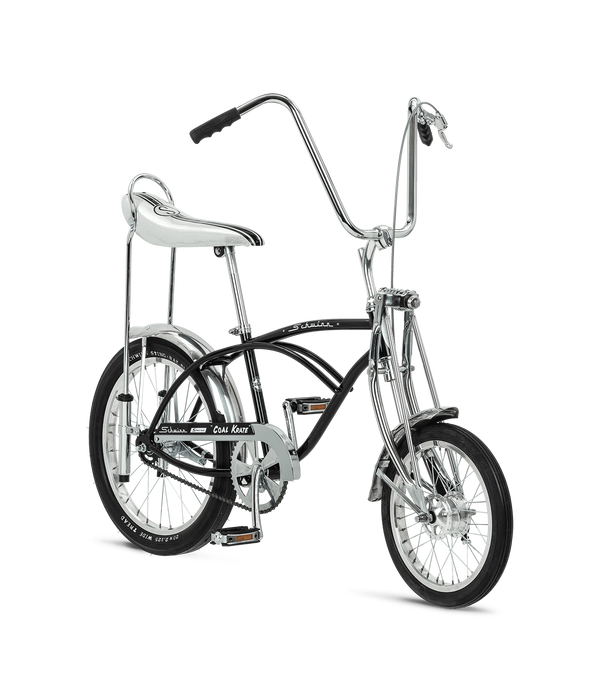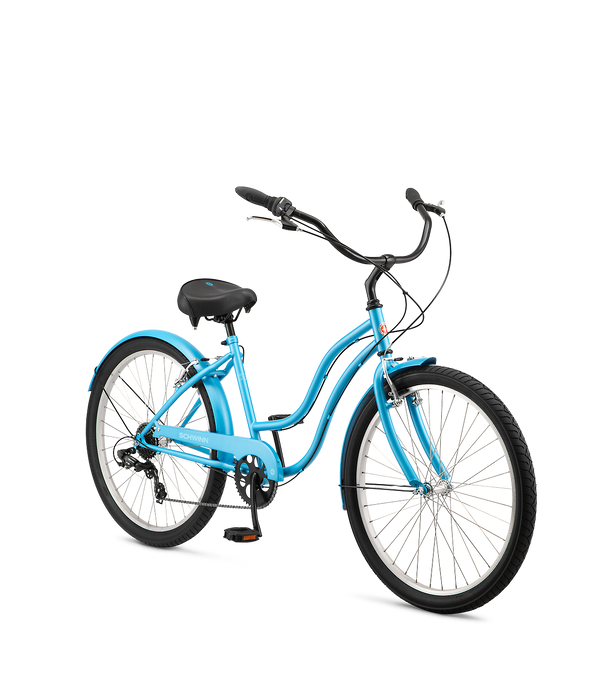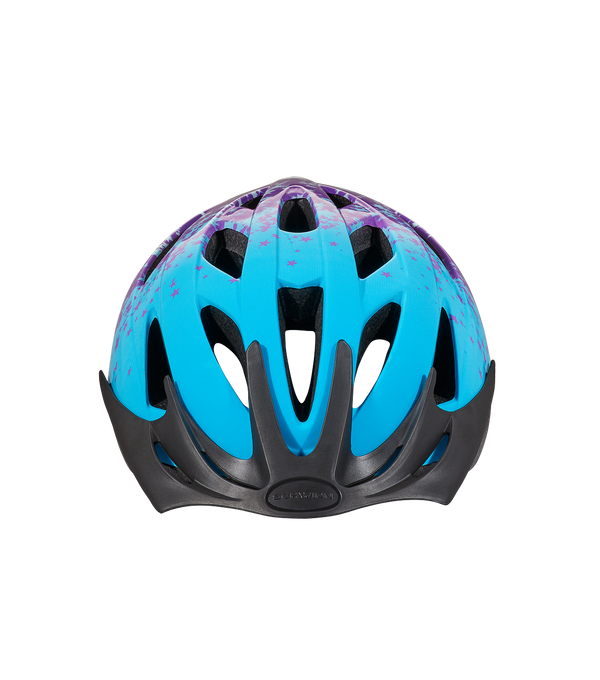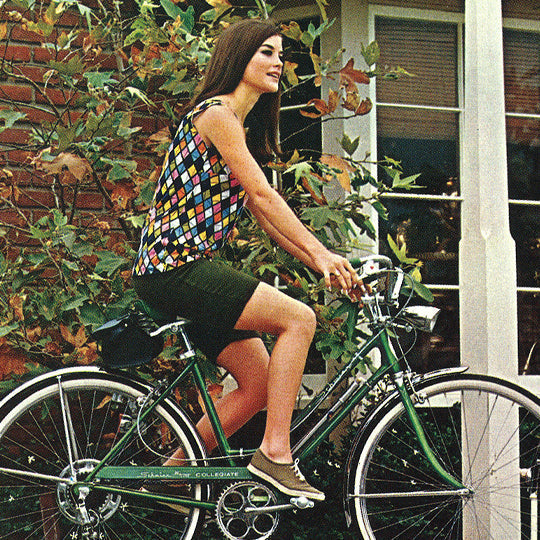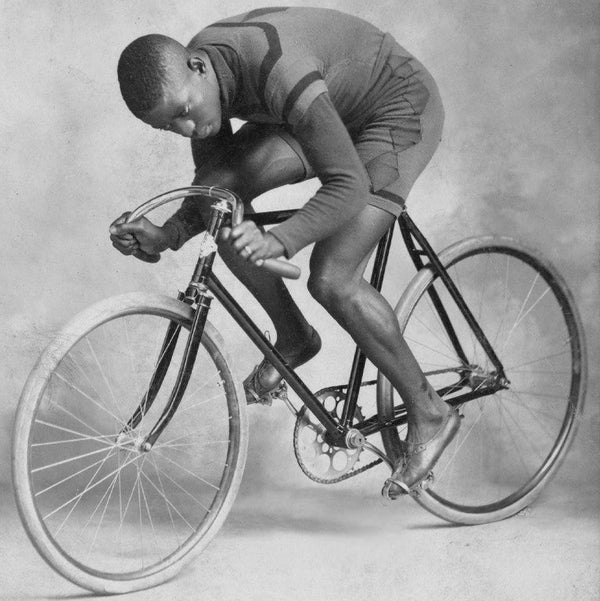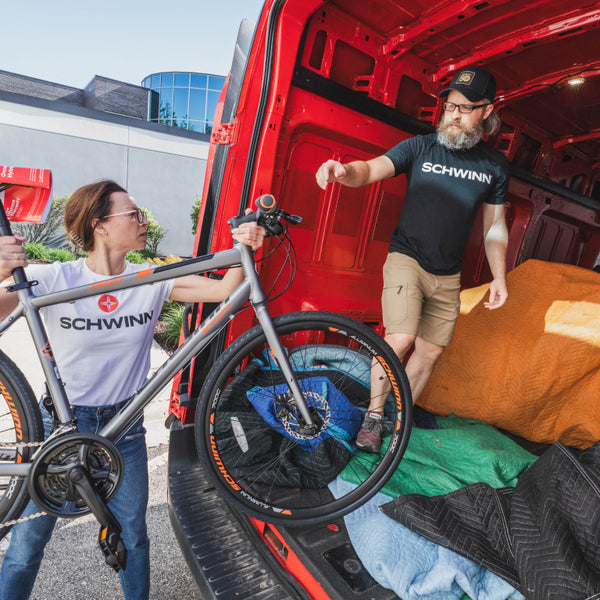Freedom, Speed, Daring
For many children living in America in the 1960s and 1970s, their first taste of freedom and adventure came on the wheels of a bicycle. In the days when motorcycles, muscle cars, and drag racers filled every kid with the need for speed, the bicycle was their answer. And the bike of choice? The Schwinn Sting-Ray. The coolest, most coveted of the Sting-Rays was the Krate, a bike name that puts a smile on the face of those who once owned this iconic ride.
From the Sting-Ray would come extensive lines of banana seat bikes including, the Fair Lady, Manta-Ray, Fastback, and what is likely the most memorable edition of the Sting-Ray line to date: the Schwinn Krate.
The Origin of the Sting-Ray
Schwinn introduced the original Sting-Ray in 1963 after the company realized kids in California had been customizing their bikes to look like motorcycles. Bikes were fitted with 20-inch wheels, elongated seats, rear "sissy bars," and ape hanger handlebars.

It didn't take long for Schwinn to develop a similar style. Al Fritz, Schwinn's director of research and development, recommended the Sting-Ray as a way to replicate the style California kids were looking for. The Sting-Ray quickly became the bestselling bike in Schwinn's history.
These kids' bikes featured a coaster brake on the large back wheel and wide-stance handlebars that were perfect for popping big wheelies. The connection of the bike's name with the (at the time) new Corvette helped solidify the connection between the bicycle and glorified automobiles of the sixties. Before long, the Sting-Ray was synonymous with suburban youth in the 1960s.

Birth of the Krates
In 1968 Schwinn introduced what is likely the most memorable edition of the Sting-Ray line to date: the Schwinn Krate. The Krate was to the Sting-Ray what dragsters were to automobiles. In fact, the Krate name was borrowed from a popular California dragster in 1968. What really made the bike stand out was the unique stick shift mounted on the top tube, right between the seat and the handlebars.
These bikes had features that weren't just advanced for the Sting-Ray collection, but for bicycles in general. Such features included front and rear suspension via articulating forks in front, and a spring-loaded sissy bar for a "floating seat" out back. A drum-style front brake was located up front, while a mechanical disc brake was set up in the rear.
There was plenty of pizzazz too, as the bikes were dressed up with a bright front fork, ape hanger bars and chrome fenders on both ends. And with a 20-inch slick back tire and a 16-inch front wheel, they truly looked like a bicycle version of chopper motorcycles.

Just like the other Sting-Rays, the Krate series came in an assortment of sweet colors. Originally in 1968, the Krates consisted of three models: The Apple Krate (red); the Lemon Peeler (yellow); and the Orange Krate.
Across 1969 and 1970, green and white Krate versions made their way onto the scene. The white Krate incorporated the revolutionary Schwinn Sting-Ray design with gears, full-floating ride, and features that were "sure to thrill your imagination." Finally, in 1971, Schwinn introduced the Grey Ghost.
The Elusive Grape Krate and Other Urban Myths
The Grape Krate has been rumored to have originally been made back in the 1970s, but the jury is still out as to whether it ever happened. The story goes that back in 1969, Schwinn came out with two Grape Krates as samples, but those bikes never made it to showroom floors. Internet sleuths say that in 1976 Schwinn built 15 Grape Krates as Christmas gifts for certain employees. Is it true? Only 15 people know for sure. In 1999, Schwinn finally brought the Grape Krate to production with a limited amount of units.
The Coal (Koal) Krate, Blueberry Krate, and others have a special place in the hearts of all Sting-Ray Krate lovers out there. While these bikes were not originally part of the Schwinn line, many fans painstakingly would create these tribute bikes in unique hues with names that would fit right into the Schwinn line.

A New Generation
In 2020, the next generation of Krates was born: the Krate EVO. The Krate EVO put a fresh twist on the classic 1960’s Krate style. It included a SmartStart frame for a better fit, a re-imagined racing banana seat, authentic Slik rear tire, and more. The Krate EVO embodied the same spirit of freedom and exploration of its predecessors.

The Krates were the ultimate expression of Schwinn's iconic Sting-Ray line. Over fifty years later, it’s still the bike that stands for childhood expression and freedom.
Click here for even more Schwinn history
